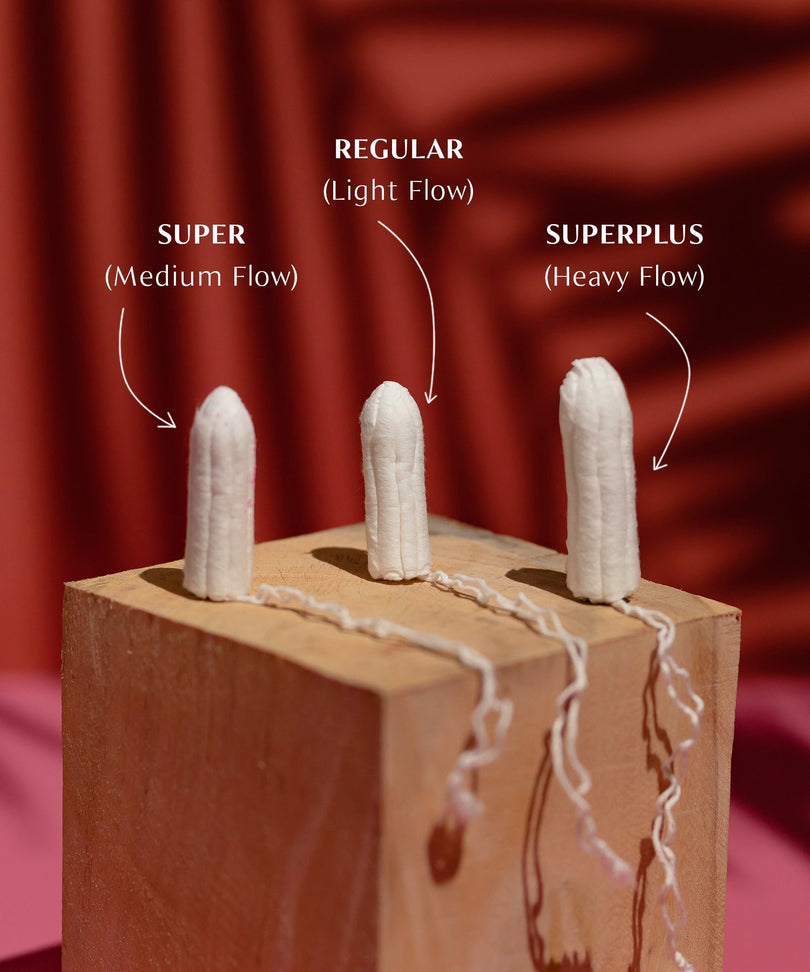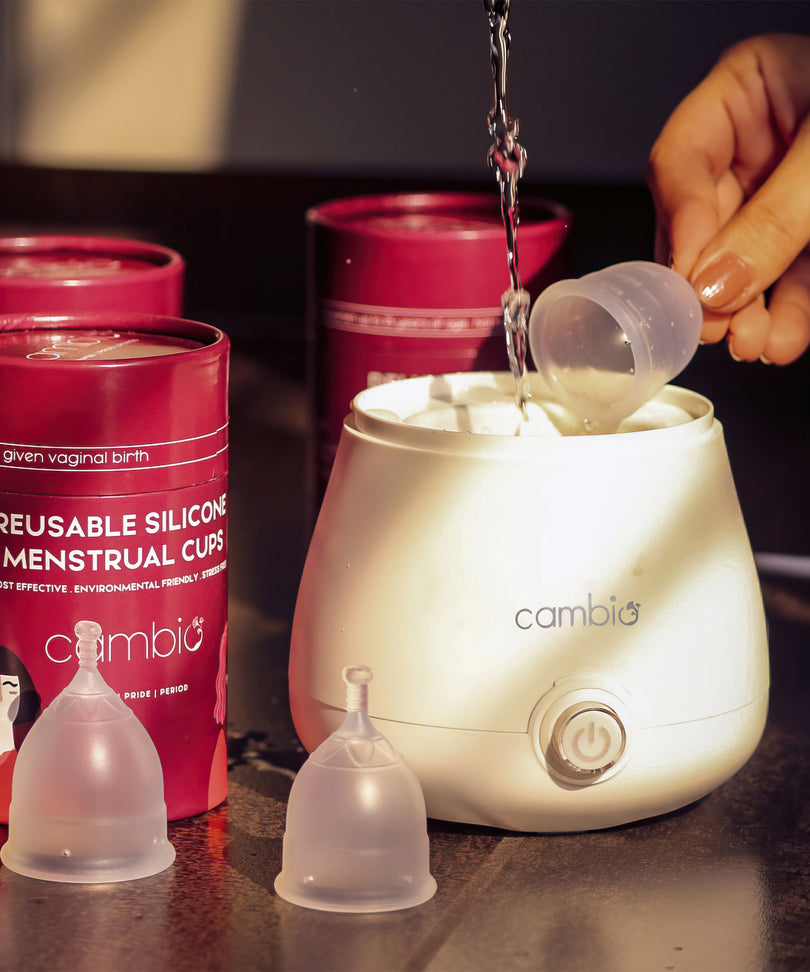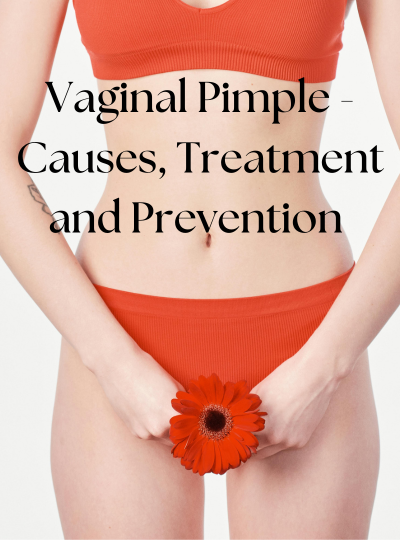Why am I having discharge after periods?
- Hormonal fluctuations: After a woman's menstrual cycle, her body goes through a hormonal shift as it prepares for the next cycle. This hormonal shift can cause an increase in discharge production.
- Irritation: Discharge can be triggered by irritation or damage to the vaginal tissue, such as from sex or tampons.
- Infection: Discharge can also be a sign of infection, such as a yeast infection or bacterial vaginosis.
- Menopause: When women reach menopause, they may experience more discharge due to changes in their hormonal levels.
Is yellowish discharge normal after periods?
Yellowish discharge during the menstrual cycle is generally not a cause for concern as it can be a normal part of the process. Women may experience yellow-tinged discharge during the luteal phase, which occurs between ovulation and menstruation. This discharge could be due to hormone fluctuations and is typically not harmful.
However, if you are experiencing additional symptoms such as itching, burning or foul-smelling discharge, it is important to seek medical attention as these could indicate an infection.
Type of discharge
- Normal discharge - Your normal vaginal discharge can vary in color and consistency throughout the different parts of your cycle. It can be clear and slippery, or white and thick. It can also be affected by whether you’re ovulating or sexually aroused.
- Thick, white, crumbly - White and cheesy discharge is usually an indicator of a yeast infection and is coupled with symptoms like itching and pain in the vagina.
- Clear and stretchy - If your discharge has a texture like an egg white and your cervical mucus is thick, you’re at your most fertile as you’re ovulating and the discharge is meant to facilitate the carrying of sperm up the vagina.
- Yellow/green - This may indicate an infection like trichomoniasis or gonnorhea, especially if it's accompanied by other symptoms such as pain while urinating or having sex and itching.
- Brown - Brown discharge can occur just after your periods as your body is releasing leftover dried blood. It’s not a cause for concern if there are no other symptoms present. If you’re spotting or having brown discharge between periods, then its best to visit a doctor to determine the cause.
Vaginal discharges can start at any age and are typically observed around the ovulation stage. According to National Health Services UK, the following types of discharge are considered to be normal:
- If the discharge doesn’t have a strong smell.
- If the colour of the discharge is white or transparent.
- If the texture of the discharge is thick and sticky.
However, certain conditions or lifestyle changes can cause abnormalities in discharges that can indicate underlying conditions affecting your reproductive health:
- Has a strong, fishy smell (Bacterial Vaginosis).
- Has a curd/cottage cheese-like texture (Thrush).
- Has a greenish tint or is frothy (Trichomoniasis).
- Accompanied with pelvic pains or bleeding (Chlamydia or gonorrhoea).
- Accompanied or causing blisters and sores (Genital Herpes).
Also read - Everything about vaginal pimple
When should one seek medical attention for vaginal discharge after periods?
The following are signs that indicate you should seek medical attention if you experience vaginal discharge:
- The discharge is accompanied by other symptoms like itching, and burning, and lasts more than a few days.
- The discharge has a strong odour or appears dark yellow or green, which could be signs of infection.
- The discharge is causing significant discomfort or interfering with daily activities.
- The discharge is accompanied by other symptoms such as fever, back pain, or abdominal pain.
- The discharge is accompanied by other symptoms such as a sore throat, swollen lymph nodes, and/or a cough.
- The discharge is accompanied by other symptoms such as difficulty urinating.
- The discharge is accompanied by other symptoms such as abnormal vaginal bleeding, which includes heavier bleeding than usual, spotting between periods, or bleeding during or after sex.
- The discharge is accompanied by other symptoms such as abdominal swelling and/or a change in bowel habits.
- The discharge is accompanied by other symptoms such as weight gain, fatigue, or difficulty concentrating.
Also read - Weight gain during ovulation
Treatment for abnormal discharge
(Note: The following is for information purposes only and does not qualify as a substitution for medically endorsed treatment. We strongly recommend you consult a medical professional for an accurate diagnosis and treatment.).
- Over-the-counter medications: For commonly occurring abnormal discharges (like yeast infections), over-the-counter medications can help boost treatment.
- Doctor’s prescribed medications: Most abnormal discharges are not life-threatening and can be treated with prescription antibiotics as recommended by your doctor.
How to Prevent Abnormal Discharges:
- Wear light, breathable underwear preferably made from organic materials like cotton (this allows plenty of circulation and gives your intimate regions breathing space).
- Don’t douche your vagina with cleaning agents (The vagina is a self-cleansing organ. To experience freshness, apply a mild soap or intimate wash only on the external vulva region).
- Use condoms while having sex and change your menstrual products frequently (every 4-6 hours).
- Exercise regularly, have healthy sleep durations and opt for a balanced diet. Foods like yoghurt, lemon, pomegranates and apple vinegar can help increase your probiotic health.
- Opt for unscented products in terms of hygiene and menstrual care.
More to read
How to Get Rid of Period Rashes?
Best Alternatives of Sanitary Pads
How to increase blood flow during periods?









